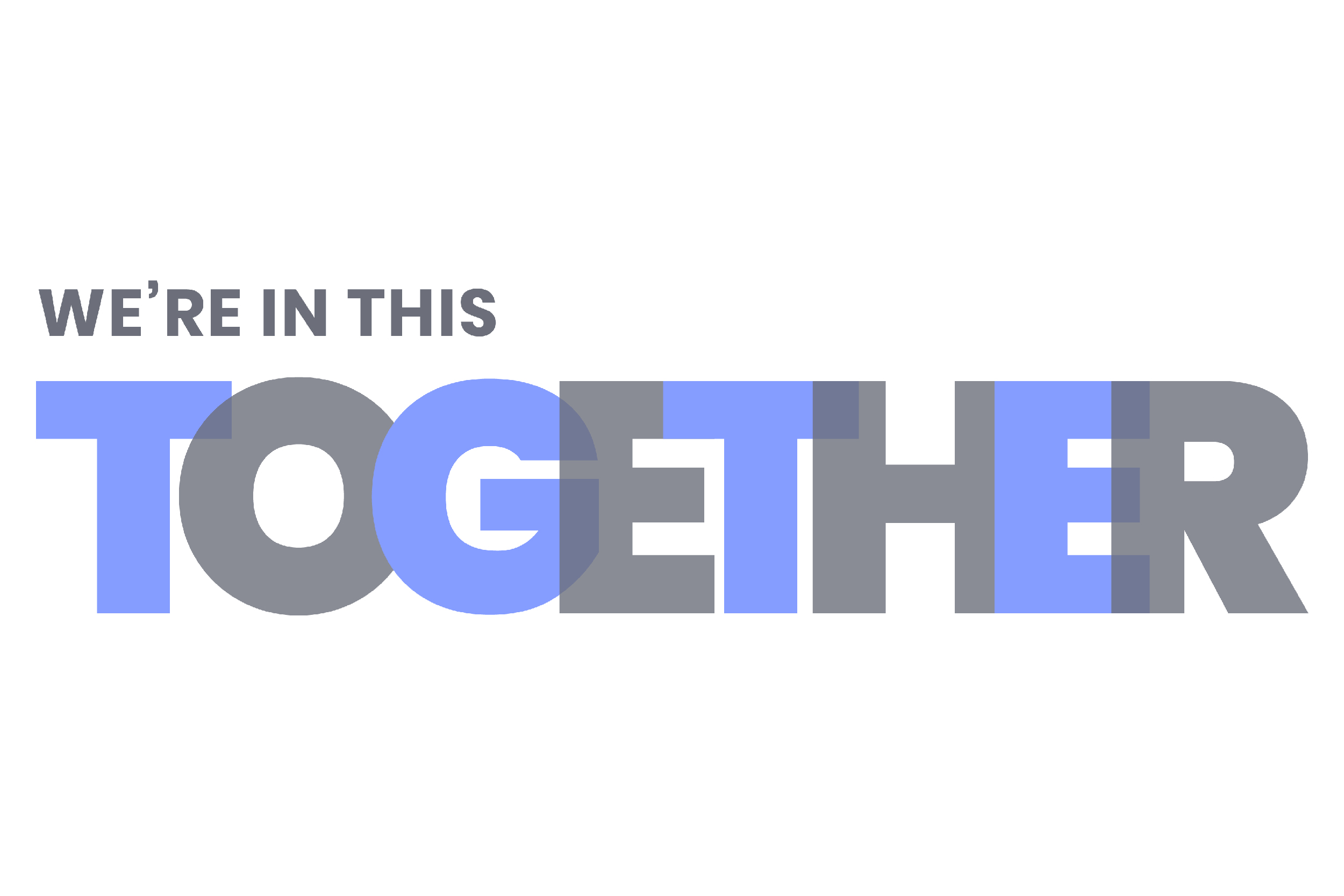The Mom Project’s commitment to support our employer partners in building a better workplace is stronger than ever during this uncertain time.
The U.S. government is responding to the economic hardship caused by COVID-19 and their impacts on small businesses and individuals. Our goal is to help you understand what resources are available through federal legislation, provide you with accurate and up-to-date information, and help you navigate this rapidly evolving legal and regulatory landscape.
So far there have been three phases of federal legislation passed. We’ve included an overview of the Paycheck Protection Program (PPP) and a summary of the three phases of legislation below. We also offer some additional resources where you can get more support and information.
Last updated April 10, 2020.
Paycheck Protection Program
As part of the Coronavirus Aid, Relief, and Economic Security (CARES) Act, The Paycheck Protection Program (PPP) helps businesses keep their workforce employed during the Coronavirus (COVID-19) crisis.
How does this impact small businesses?
TLDR; The Payroll Protection Program offers federally guaranteed loans to employers who maintain their payroll during this time, and helps cover payroll costs for employees—including those you've hired through partners like The Mom Project.
For a full list of eligible uses for these funds, see page 3 of this guide.
What makes this program unique:
- Loan forgiveness: Up to 100% of the loan is forgivable for up to eight weeks of payroll based on employee retention and salary.
- Proportional forgiveness: The program intends to keep teams in place, so the forgiveness will be reduced proportionately to reductions in payroll.
- Ability to revise: If you have already reduced your number of team members, you can bring them back or return to full hours and receive forgiveness for those costs even if the actions have already been taken.
What about contract employees?
- Application: Contractors are excluded from payroll cost calculations on PPP loan applications. This means contractor wages are not factored into your overall loan amount. But...
- Funds usage: While contractor pay is not included in your application calculation of average monthly payroll, per the terms of the loan application contractor wages are acceptable payroll costs for granted loan funds.1 This means that you can use the PPP loan funds that you are granted to pay your contract employees hired through The Mom Project and other partners.
- Loan forgiveness: In addition, loan funds used for contractor payroll costs are eligible for the program’s loan forgiveness feature2—up to 100% of the loan amount for up to eight weeks of payroll based on employee retention and salary.
Next Moves:
- Review the Small Business Administration’s guide to the CARES Act: You can find information starting on page 2 for more information on PPP loan eligibility and details on loan forgiveness.
- To apply for the Paycheck Protection Program: You can do so through any bank that is eligible to extend U.S. Small Business Administration 7(a) loans; you do not need to visit a government institution to apply. We recommend scheduling a call with your business bank ASAP to understand if they will be granting PPP loans and when their application materials will be ready. If your bank is not the right partner for this opportunity, ask if they can provide a referral.
Your local Small Business Development Center or Women’s Business Center can also provide free assistance and guide you to lenders. Or, email employers@themomproject.com for a referral.
Legislation Overview
So far there have been three phases of legislation passed to support small businesses, which we’ve outlined below in the order in which they were approved.
PHASE I. Coronavirus Preparedness and Response Supplemental Appropriations Act
How does this impact small businesses?
TLDR; This was the first phase of COVID-19-related relief legislation (it is expanded in Phase 3 below!); It authorized the U.S. Small Business Administration (SBA) to provide an estimated $7 billion in low-interest disaster loans to small businesses through the Economic Injury Disaster Loan (EIDL) program.
Next Move: Business owners should check their insurance policy for disaster or business interruption coverage. See guidelines for EIDL program and more info via the SBA here.
--
PHASE II. Families First Coronavirus Response Act (FFCRA)
How does the law affect small businesses?
TLDR; As an employer with less than 500 employees, you’ll be required to offer paid sick leave for employees who have been impacted by coronavirus. You’ll receive tax credits to offset these payments. Businesses with 50 employees or less may be exempt from these requirements.
Please note that FFCRA does not apply to independent contractors, only part time or full time employees per federal guidelines.
Prohibitions: Employers may not discharge, discipline, or otherwise discriminate against any employee who takes paid sick leave under the FFCRA and files a complaint or institutes a proceeding under or related to the FFCRA.
Next Moves:
- Post/Send Required Poster: The Department of Labor (DOL) requires employers to post or send this poster about the FFCRA to its employees. FAQs here for employers regarding the poster requirement.
- Get Familiar with the Details: Understand the qualifying reasons for employees to be eligible for paid leave, how to calculate pay, and what tax credits are available. Read this guide and checklist from the U.S. Chamber of Commerce.
- Learn More: Check out the Department of Labor’s page for all questions related to FFCRA and how it applies to you and your employees.
--
PHASE III. Coronavirus, Aid, Relief and Economic Security (CARES) Act
How does the law affect small businesses?
Reference: The Small Business Owner’s Guide to the CARES Act
TLDR; Several programs were instituted to bring relief to small businesses, which we’ve highlighted below.
- For forgiveable loans to retain your full-time and contract employees: Paycheck Protection Program
- For cash to cover hardship related costs right now: Economic Injury Disaster Loans
- For support keeping up with current or potential SBA loan payments: Small Business Debt Relief Program
The CARES Act also includes information on tax measures that may help your business.
Next Move:
Visit The Small Business Owner’s Guide to the CARES Act to see what relief your business may be eligible for.
Support & Resources
Counseling and Training Support
There is a lot of information to digest and you may be wondering what support options make the most sense for your business. Fortunately, there are counselors and resource partners available to help. These partners and the associations that represent them will receive additional funds through the CARES Act to better support small business owners during this time.
To find relevant resources for your business, look at page 9 of the CARES Act guide or visit the SBA website to find a resource partner in your area.
Helpful Links
There are a number of other guides available to help you navigate this time. We’ve listed a few here, but also encourage you to contact local agencies to understand additional state-specific assistance that may be available.
- Coronavirus Emergency Loans: Small Business Guide and Checklist (U.S. Chamber of Commerce)
- Getting Cash for Your Small Business Through The CARES Act (Forbes)
- U.S. Small Business Resource Center (Goldman Sachs)
We’re in this together, and The Mom Project will continue to share relevant information as it becomes available over the coming weeks.
*The Mom Project will update this post with relevant information for government supported assistance to small businesses as it becomes available / approved. The information here is current to the best of our knowledge and should not be construed as legal advice or guidance.
1Paycheck Protection Program Borrower Application Form: With respect to “purpose of the loan,” payroll costs consist of compensation to employees (whose principal place of residence is the United States) in the form of salary, wages, commissions, or similar compensation; cash tips or the equivalent (based on employer records of past tips or, in the absence of such records, a reasonable, good-faith employer estimate of such tips); payment for vacation, parental, family, medical, or sick leave; allowance for separation or dismissal; payment for the provision of employee benefits consisting of group health care coverage, including insurance premiums, and retirement; payment of state and local taxes assessed on compensation of employees; and for an independent contractor or sole proprietor, wage, commissions, income, or net earnings from self-employment or similar compensation.
2Paycheck Protection Program Fact Sheet: The loan amounts will be forgiven as long as:
- The loan proceeds are used to cover payroll costs, and most mortgage interest, rent, and
utility costs over the 8 week period after the loan is made; and
- Employee and compensation levels are maintained.



